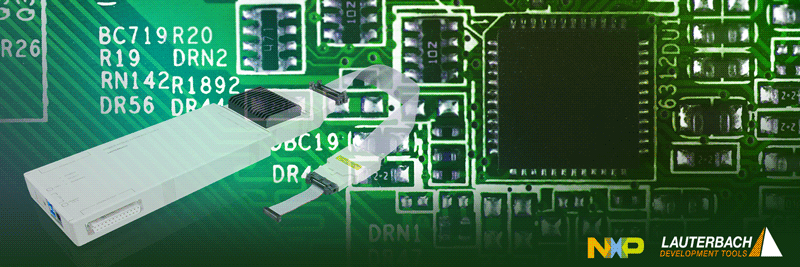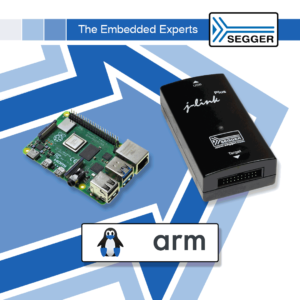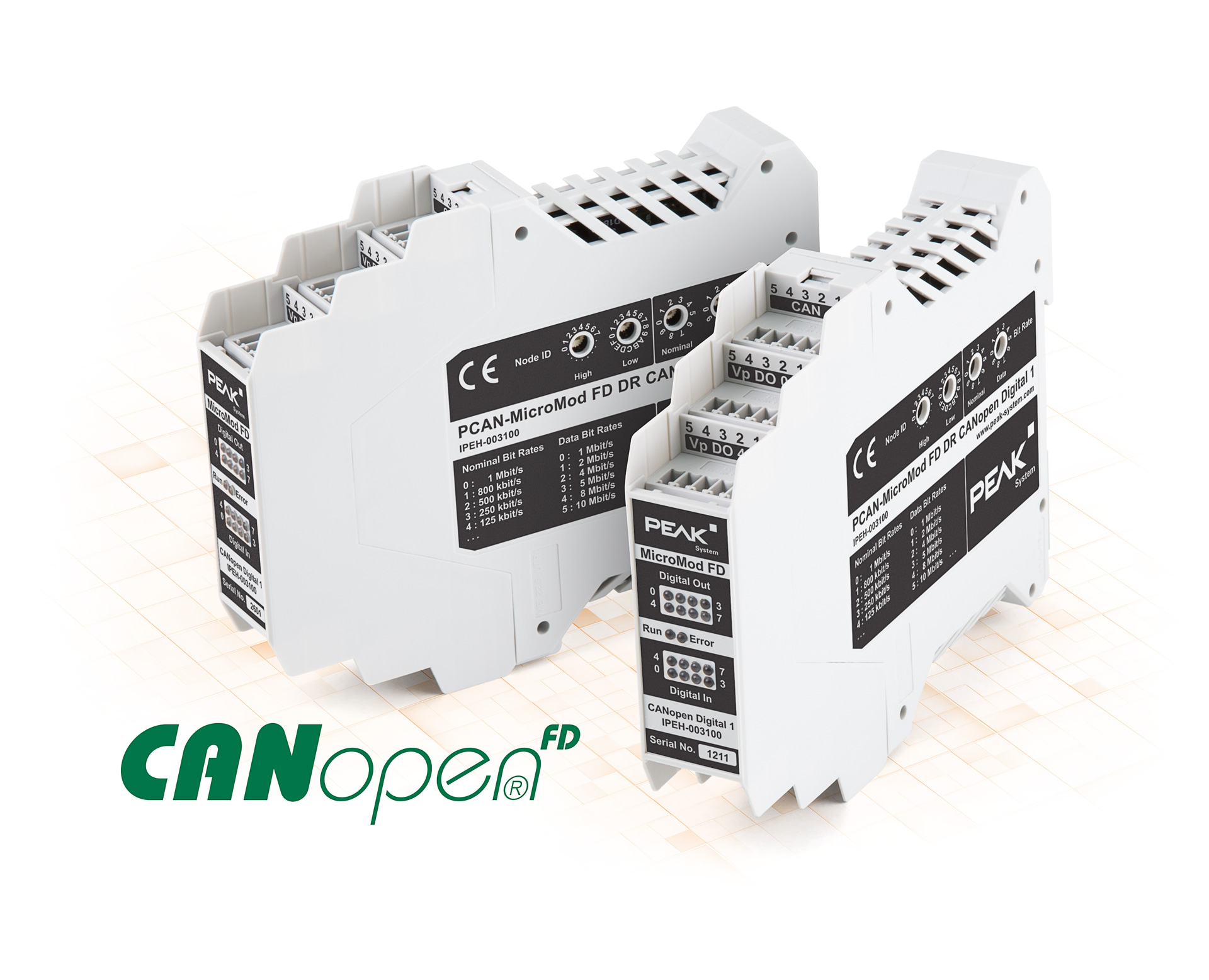SEGGER Flasher Hub – High speed ISP gang-programming for mass production
SEGGER Flasher Hub – High speed ISP gang-programming for mass production
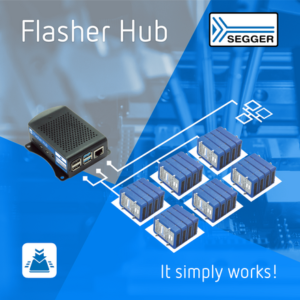
SEGGER’s Flasher Hub controls up to 24 Flasher Compacts serving as individual channels for parallel, high-speed gang programming. Each channel can be configured to program a different device with a different firmware image.
All programming interfaces and flash memories supported by the connected Flasher Compacts can also be used and controlled via the Flasher Hub.
Using SEGGER’s “almost-anything programmer” Flasher Compact the Flasher Hub benefits from the extensive list of supported Flash memories and interfaces and the ultra-fast programming algorithms.
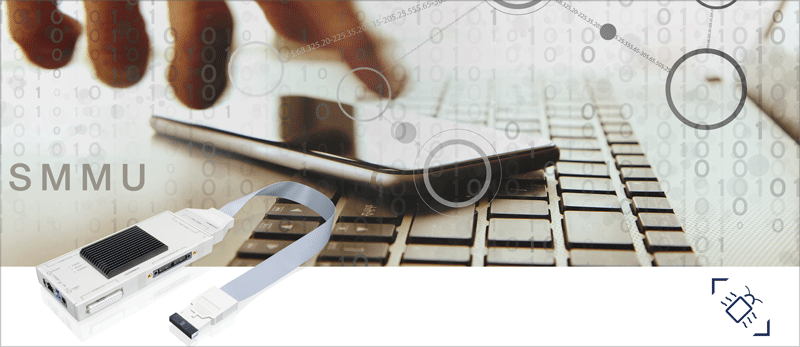
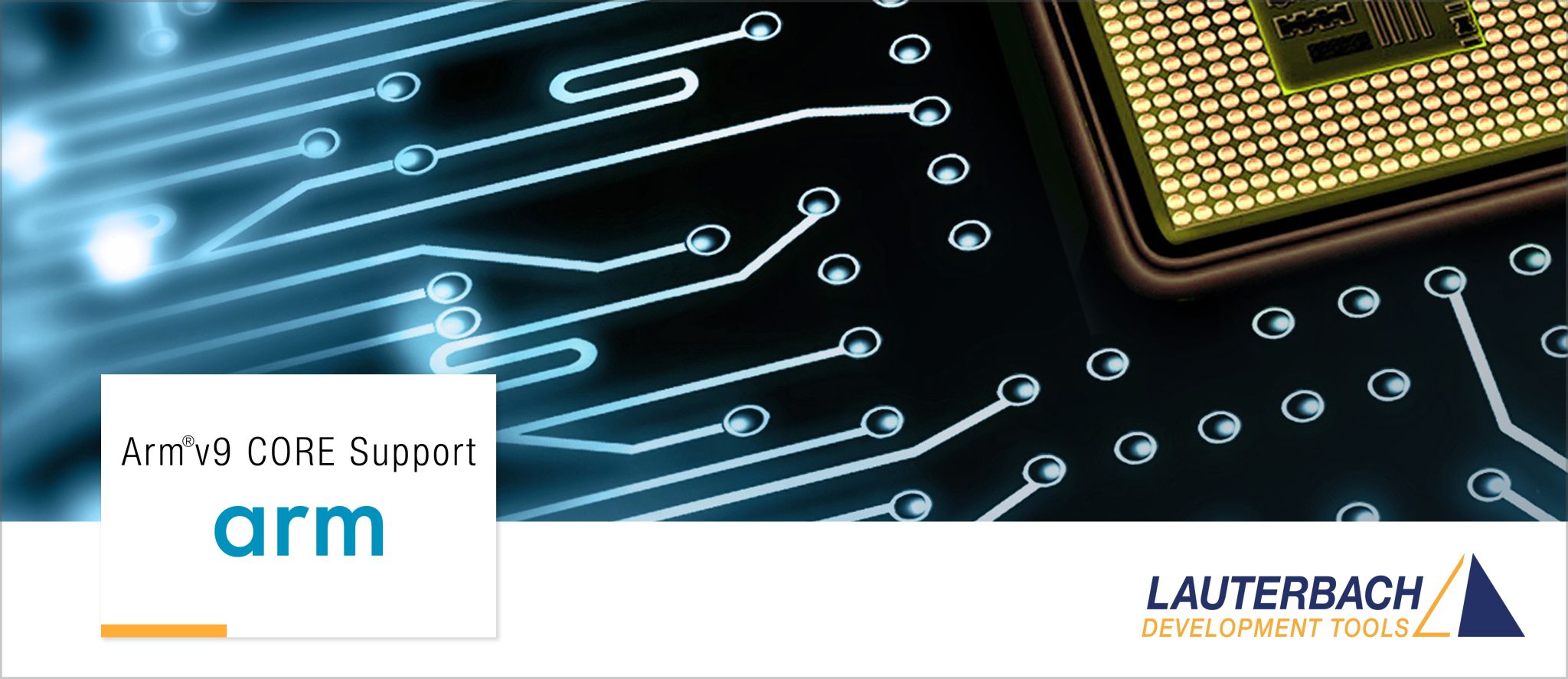
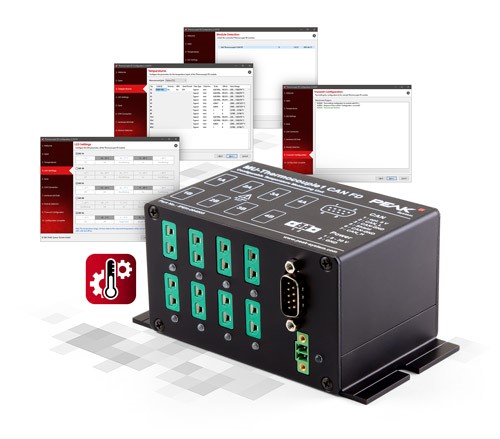 With the MU-Thermocouple1 CAN FD, temperature measurement can be integrated directly into automotive test benches or industrial plants using CAN FD communication. A router for the conversion from CAN 2.0 to CAN FD is no longer necessary. With support for the extended operating temperature range of -40 to 85 °C and due to its robust aluminum casing, the measuring unit can also be used in harsh environments.
With the MU-Thermocouple1 CAN FD, temperature measurement can be integrated directly into automotive test benches or industrial plants using CAN FD communication. A router for the conversion from CAN 2.0 to CAN FD is no longer necessary. With support for the extended operating temperature range of -40 to 85 °C and due to its robust aluminum casing, the measuring unit can also be used in harsh environments.